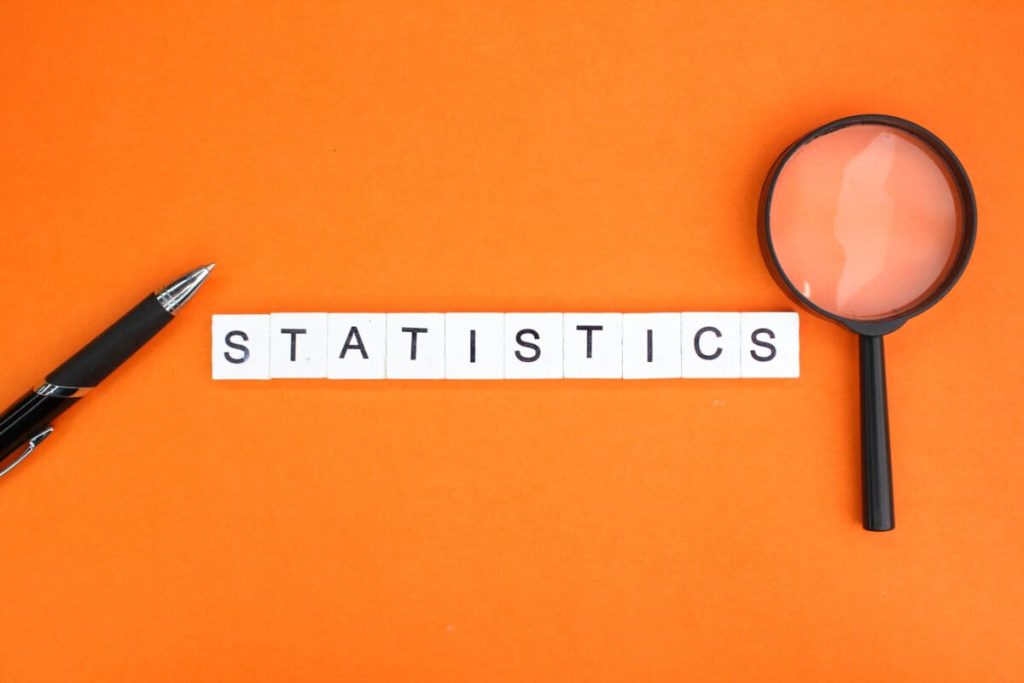Calculating Descriptive Statistics

The first thing that you learn in a basic statistics course is how to find the descriptive statistics of sample data. The descriptive statistics for a sample tell researchers a great deal about the nature of a sample set. Not only can you get a sense of the basic characteristics of a sample, you can use that information to compare the sample to other samples or information from a population. The following are the basic descriptive statistics that are extracted from data.
- Median – The middle value of the sample.
- Mode – The most common value in the sample.
- Mean – The average value of the sample.
- Standard Deviation – This value represents the dispersion of the values in the sample.
The following video demonstrates how to use these definitions, and associated formulas, to find the descriptive statistics of a sample.
It is quite common to use technology to do all the number crushing that statistical analysis requires. The following spreadsheet will calculate the descriptive statistics for a data set:
The following video demonstrates how to use the Excel sheet above to find descriptive statistics for a sample.
This video demonstrates how to create your own formulas in Excel to calculate descriptive statistics from a sample:
There are a wide variety of free online statistics calculators available. Here’s one that you can use to calculate descriptive statistics for a sample.
Here a quick tutorial:
